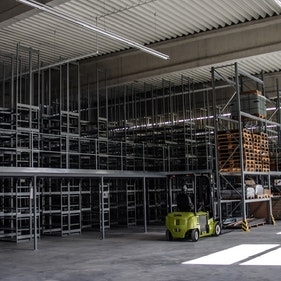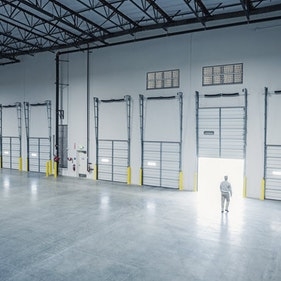This was first published on April 16, 2020.
Compared to other disruptive events, the COVID-19 shock is radically different and has impacted nearly every link in global supply chains. Given the magnitude of the COVID-19 shock, full recovery is expected to take at least six to nine months after the situation has stabilized. Companies should start now to prepare for the rebound.
Supply chain disruptions on either the supply or demand side, happen on the macro-level (such as the 2011 earthquake in Japan or surges in raw material prices) or the micro-level (due to strikes or accidents). But the disruptions have always been discrete, involving only individual companies, countries, or industries.
In contrast, the combination of largescale and widespread demand and supply shocks happening simultaneously sets the COVID-19 shock apart from all other crises. It is characterized by three overlapping shock waves spreading around the globe (see Exhibit 1).
The first shock wave started with a production shutdown in China, followed by a collapse of domestic demand. As the virus spread, the same shocks hit other Asian countries, such as South Korea and Japan.
The second shock wave rolled into Europe. First, supply shortages from Asia (resulting from the first wave), then a local production shutdown hit European companies. As in Asia, the supply shock was followed by a demand shock triggered by local quarantine measures and rising unemployment.
The third shock wave is hammering North America. Similar to the European pattern, American companies were first hit by the impact of the Asian and European shock waves before domestic shocks started to unfold.
In all regions, the shocks were further aggravated by local transportation disruptions (airport closures, delays in shipping, and traffic jams due to border controls) and severe workforce depletions (due to sickness, quarantine, or child-care issues).
Case Example: COVID-19 impact on the car manufacturing industry

Exhibit 1: Global supply chain shock waves

Aftershocks and “Bullwhip” Effects
With stabilization and the beginning of recovery, companies will likely see multiple, smaller, aftershocks. For example, the simultaneous relaunch of production sites in Europe will create spikes in demand for raw materials, sub-components, and other supplies, causing another “bullwhip” effect resulting in extreme challenges for suppliers down the chain.
Thus, it will likely take three to four cycles until supply chains are fully back into a steady-state mode. As a consequence, full supply chain recovery is expected to take at least take six to nine months—through the rest of 2020 and potentially into 2021, depending on the future spread and severity of COVID-19.
Recovery Measures
Given the amplitude of the COVID-19 shock, the impact on supply chains cannot be fully diminish, but the right actions can soften the blow to some degree.
The key to successfully handling the situation is to get transparency not only on the immediate local disruptions and their implications but along the entire supply chain for all shock waves. Without a holistic view, there is the risk of short-term “panic-driven” decisions.
A company must first achieve end-to-end transparency on its supply chain and cope with the immediate situation by implementing necessary ad-hoc actions or securing supply via air cargo, for example. From there, it is vital to start outlining a comprehensive supply chain recovery plan (See Exhibit 2).
Exhibit 2: Supply chain recovery approach

A dedicated task force should start to develop and assess multiple demand scenarios for the next six to eighteen months. Once the expected demand is identified, the available production capacity must be evaluated. Given prevailing uncertainty regarding future local disruptions, companies have to carefully plan capacity considering the ramp-up period where production has not yet fully normalized. Next, identify pragmatic solutions to enable local production. The third step is determining the available supply options in Asia. Given that Asian suppliers might be impacted by aftershocks, (partial) supply shortages may prevail for a more extended period. Thus, companies might need to qualify new suppliers, consider spot buys, or potentially secure strategic supply chain control by acquiring critical access to secure sufficient supply until full recovery.
To succeed after the crisis, companies need to create recovery plans now and update them regularly as the situation evolves. Once the lock-down is over, those with a well-prepared recovery plan will be back to normal much more quickly than those who do not.


Cornelius is based in the Munich office.

Stefan is based in the Munich office.






